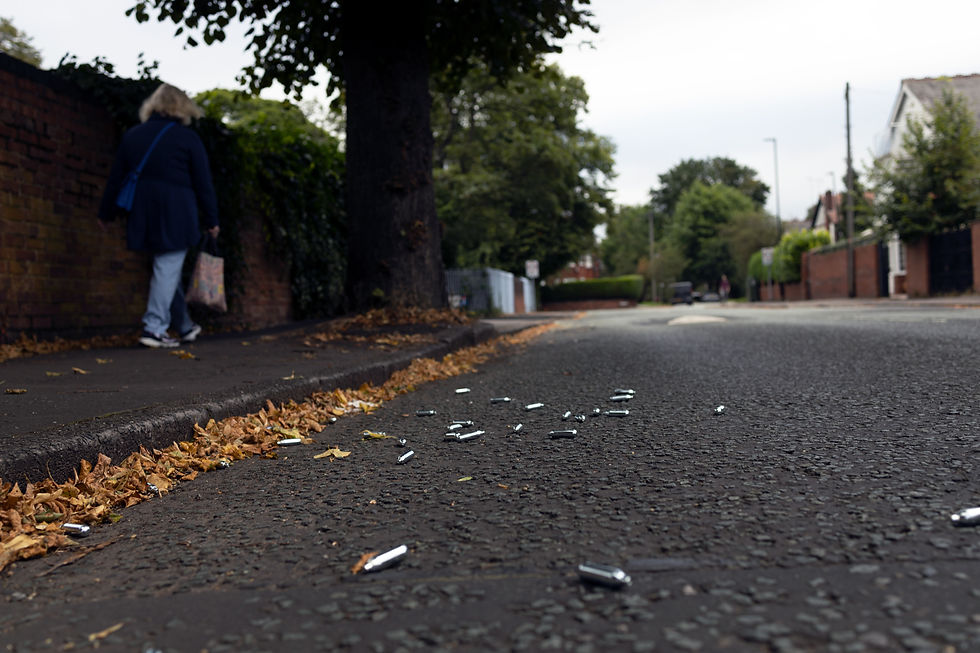Serious violence in context: understanding the scale and nature of serious violence
- Crest Advisory
- Sep 18, 2019
- 3 min read
Updated: Apr 29
Insights Report
Authors: Sarah Kincaid, Director | Sophie du Mont | Callum Tipple | Callyane Desroches, Head of Strategy and Insight
Wednesday 18 September 2019

England and Wales is currently experiencing a rise in recorded violence. While some of that increase is thought to be due to changes in police recording practices, a subset of (high-harm) offences, such as homicide, robbery and knife crime, show real and substantial rises.
This report provides an overview of serious violence, examines the scale and nature of the problem, and the state of our existing knowledge and identifies gaps in our understanding. By bringing together key data and trends into one place, we hope to add greater context and understanding to the problem.
Findings
The scale, complexity and reach of the serious violence problem in England and Wales may be bigger than previously thought, with the current focus on knife crime and street violence diverting attention from wider issues of criminality, such as drug dealing and criminal exploitation, which have their roots in vulnerabilities such as poverty, mental health issues, homelessness and domestic abuse.
Serious violence is not an isolated phenomenon. The recent spike in homicides, knife crime and robbery is the tip of a much larger ‘iceberg’, the culmination of a set of personal and societal factors which have escalated into serious offending and by default become the responsibility of the criminal justice system as the ‘service of last resort’.
Changing drug markets, fuelled by rising demand for heroin and crack cocaine and enabled by social media and a decline in effective enforcement, are driving the significant rises in high-harm offences of homicide, robbery and knife crime in the past five years.
Whereas the increase in the murder rate is consistent with patterns across Europe, The UK has experienced a dramatic rise in robbery while most European neighbours saw major reductions.
While 43,500 children (10-17) were victims of violence in 2018, our new modelling suggest up to 269,000 children could have experienced some form of serious violence over this period. This number is greater than previous estimates which have looked more narrowly at those either already in gangs or carrying a knife.
Conclusion
Our report finds that serious violence presents safeguarding and law enforcement agencies with a cohort of individuals who may be both victims and offenders and have complex needs which public services may be ill-equipped to meet. These challenges have come during and partly because of budget cuts to public services. The decline in neighbourhood policing, a struggling prisons system and an apparent reduction in the police focus on drugs has contributed to a lack of effective enforcement. Wider public services, for example in mental health and homelessness, have struggled to provide adequate support to prevent and address the vulnerabilities which drive criminality as a whole.
Serious violence takes root in the ground vacated by retreating public services.
Those charged with tackling this phenomenon will struggle to deal with one component without recognising other interrelated components. The need to develop a public health approach to serious violence necessitates a multi-faceted view of the problem and an appreciation of the gaps in knowledge.
Crest Senior Strategic Adviser Baroness Louise Casey said:
“This report casts important new light on the multiple underlying and interacting problems behind the tragic rise of serious violence on our streets, with deaths from knife crime now at the highest level since 1946. An effective ‘public health’ approach to tackling knife crime and the rise in robbery needs to address all of these challenges in a strategic and joined-up way.
“That will mean increased investment in preventative and safeguarding services, as well as smarter and better-resourced enforcement agencies that properly tackle the drug markets and deeper criminality we don’t see that sits underneath so much of the violence we do see. A strategic and joined-up approach also needs leadership and grip from the top of government that goes across the many different public services and social problems that serious violence affects and is affected by. Without such a joined-up, well-resourced and strategic approach we risk failing to stem the tide of violence that is bringing misery and fear to too many communities and cutting far too many young lives short.”



